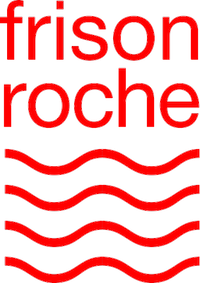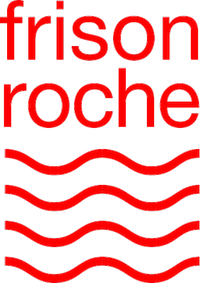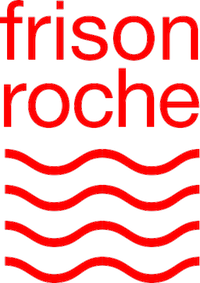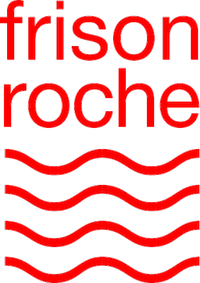Spasmodic torticollis
A physiotherapy handbook
septembre 2014
Du même genre
Torticolis espasmodica
Manual de fisioterapia
24,00 €
Myopathies de Duchenne-Becker
Actes des 15e entretiens de l'institut Garches
Bernard Bussel, J.-A Urtizberea
36,00 €
Reconditionnement à l’effort et handicap
Actes des 13e entretiens de l'Institut Garches
20,00 €
Le pied vasculaire
Approche multidisciplinaire médico-physique et chirurgicale
61,00 €
Nous sommes situés au 68 rue de Meaux, 1er étage, 75019 Paris
Métro Laumière, Jaurès ou Bolivar
Comptoir de vente (libraires/particuliers) sur place
Vous êtes libraire ?











